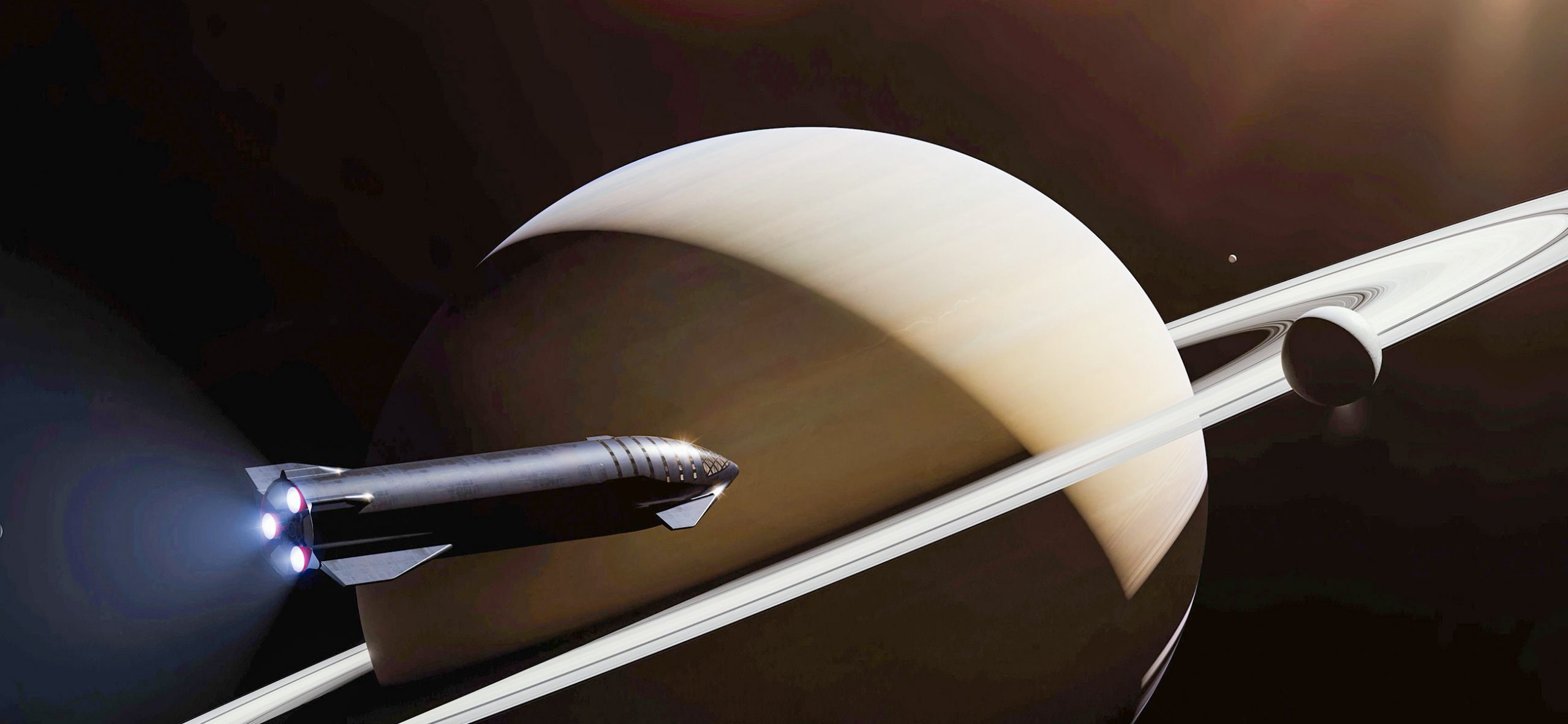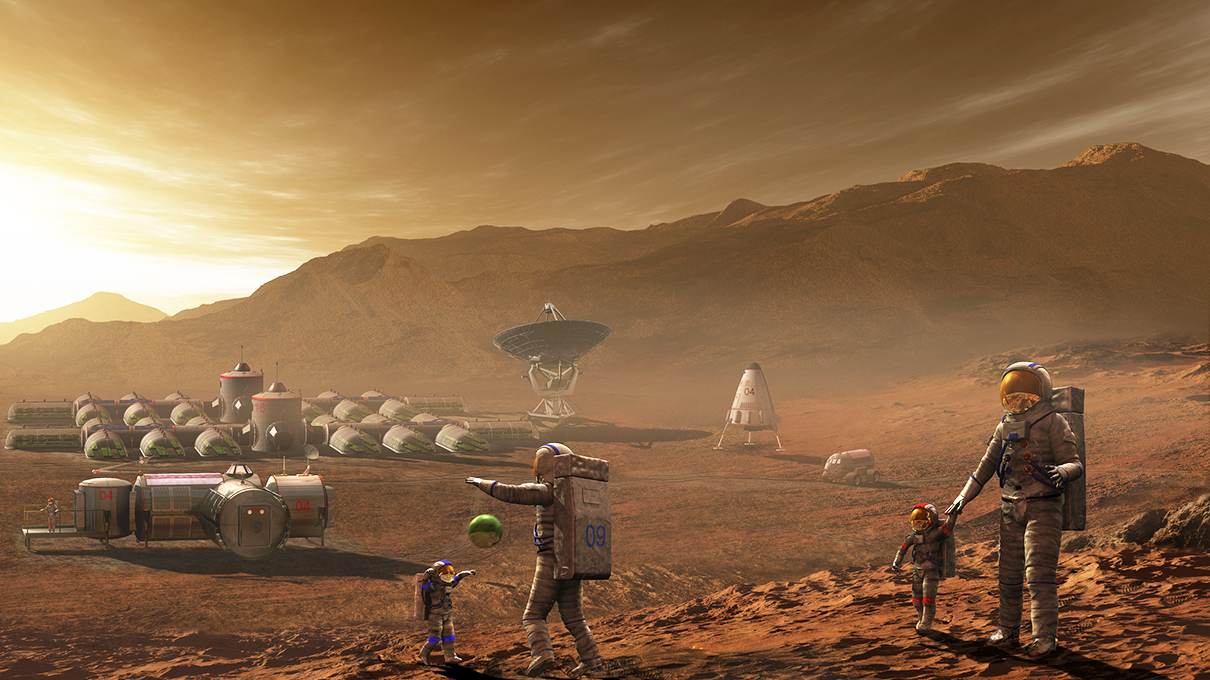With new explorations into outer space, humanity has embarked on a different space odyssey. Humankind is now taking new leaps in space travel and colonization, in the aftermath of the remarkable progress made through the launch of Sputnik 1 in 1957, Neal Armstrong stepping onto the Moon in 1969 and the establishment of International Space Station in 1998. A new page is turned in the race for space in the first half of 2020: For the first time in history, a private company sent astronauts to space. This has made the commercial activity of private enterprises an agenda item.
Space activities today witness radical changes. Globalization and technological developments also affect the space activities that were once under the strategic monopoly of certain countries since the beginning of space age. Space is no longer a playground of two superpowers’ adversary politics. Now, space projects are in the domain of commercial activities of governments and private enterprises. In other words, space economy will inevitably have an impact on governments’ socio-economic growth targets and change enterprises’ route for investments, according to estimates.

For example, the American aerospace and spacecraft manufacturer SpaceX has recently sent two astronauts to space. SpaceX, turning a whole new page in the race for space, has officially become the first private company to send astronauts to space. Nineteen hours after the launch, astronauts Douglas G. Hurley and Robert L. Behnken successfully docked at International Space Station. This also means the US was able to send astronauts into space for the first time in 9 years — after the retirement of its spacecrafts in 2011. SpaceX’s astronauts in space is also a major step for space tourism. Attracting quite high investments, space tourism is currently an area of great interest for the private sector.
Space Tourism
In the meanwhile, space tourism company Space Adventures announced its agreement with SpaceX to launch private citizens to orbital space in 2021. Space Adventures will fly tourists on a space capsule called ‘Crew Dragon’. Instead of docking at ISS, Crew Dragon is expected to remain a free-flying spacecraft around planet Earth. Up to 4 passengers will be able to take this orbital space trip on the planned launch. So far, Space Adventures has sent seven tourists to the International Space Station (ISS) through Russian Soyuz rockets.

Starship Project
SpaceX’s next-gen spacecraft Starship is a transportation system designed to carry both cargo and crew to the Moon orbit and then to Mars. Starship, once it takes its final shape, is intended to be a spacecraft with 6 engines and a capacity of 100 passengers. The plan is to launch Starship with the rocket ‘Super Heavy’ equipped with 31 engines for use in NASA’s Moon, Mars and extensive space exploration projects.
Colonizing the Red Planet…
There have been major developments in humankind’s mission to colonize the Mars. The cities pictured in science fiction movies are likely to become real in the not-too-distant future. United Arab Emirates (UAE) plans to build colonies on Mars within 100 years. UAE defines these colonies as ‘mini cities’. Elon Musk, on the other hand, announced that they developed a spacecraft and a new rocket with a capacity to carry 120 people to the Red Planet. In this regard, SpaceX aims to land its two spacecrafts on Mars by 2022 that will help settle power, mining and life support systems on the planet. Two years after this date, the first spacecraft with crew is planned to arrive in Mars. Afterwards, the settlement on Mars will gradually expand, according to statements.

Humankind has continued to explore the mysteries of space, and now is in pursuit of life on planets other than Earth, supporting it through technological innovations. The increasing number of human spaceflights indicates a strong determination in space adventure, while it opens up great opportunities for new generations…


